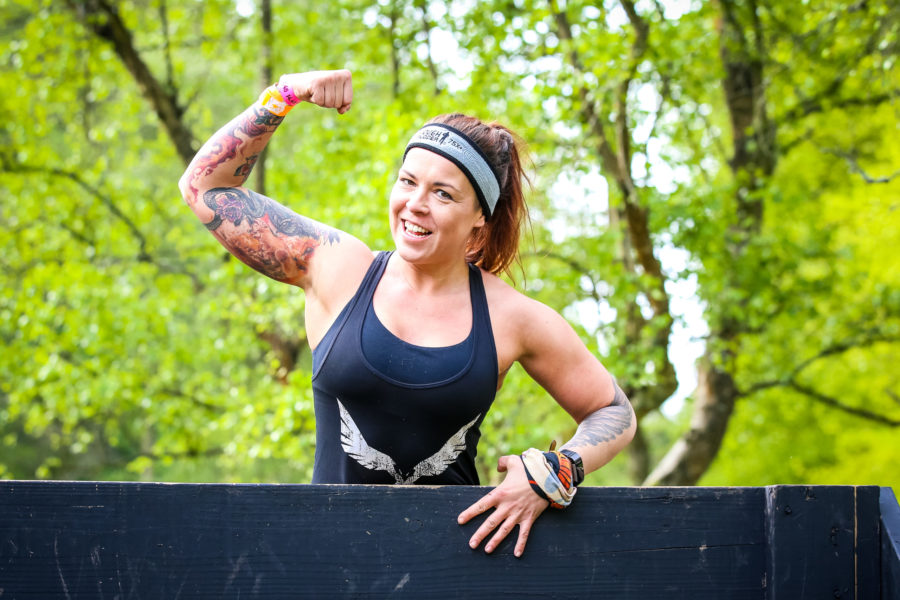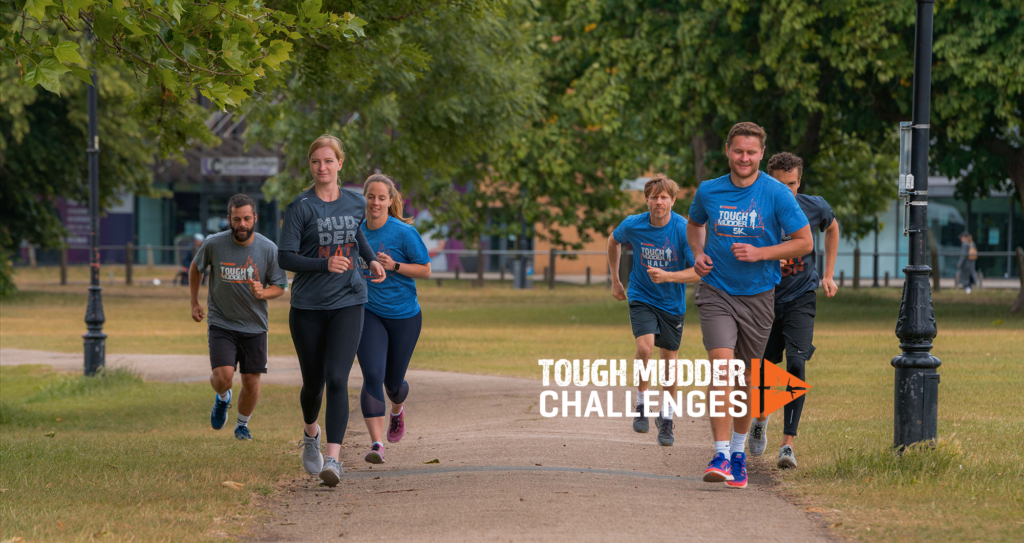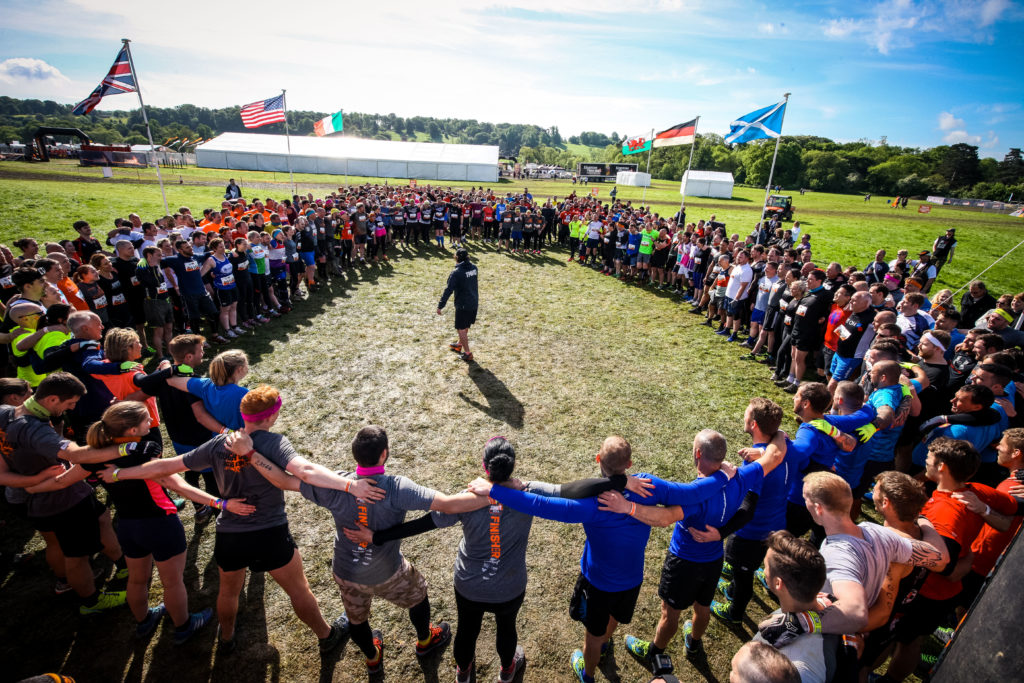You have goals for the year set. Goals you fervently want to achieve. The thing is: you’re slammed. And you need time to work on them.
Before the pandemic, polling research revealed people already felt like they didn’t have enough time. Throw in pandemic shutdowns, school closings, having your desk in your bedroom and the problem is compounded, especially if you’re a working parent. We constantly feel time crunched.
How do you pursue a challenge, like getting into shape and preparing for an athletic event, when your to-do list is boiling over? How do you wedge daily exercise into an overwrought day?
Performance experts have this to say; you can do it. You can make adjustments in your thinking and your habits and be on the path toward realising your goals.
In other words – with a dose of strategising – you can build essential work into your day. Here are 4 power tips to get you started:
Do the most important tasks first
If we take a step back from the rush of our daily lives and assess how we spend our time, we may see lack of time is not the problem. It’s a lack of focusing on what’s important.
With a smartphone on your bedside table, it’s tempting to follow waking up in the morning by scanning Instagram, the news, or email. Or all the above. Ask yourself the frank question; does this activity move me any closer toward my goals?
Starting the day off with distraction can sabotage the first hour or two of the day. For example, what’s more valuable when it comes to achieving goals? Spending 38 minutes scrolling around Facebook (like many folks, according to research) or taking those 38 minutes and going for a run?
How you start your day is crucial. Take heed of Adrienne Herbert’s Power Hour concept. What could you do, if you dedicated just one hour each day to improving yourself and your life? Unlock your full potential when your willpower is freshly charged and you could make real progress.
The science is clear on what the most powerful form of motivation is, it’s progress. Making tangible progress, even if it’s just an increment of progress, fires us up with energy and momentum and gets us rolling in the right direction.
Start your day by blocking out distractions and do what’s most important to you.

Knock out small tasks during the course of your day
Doing what’s essential to your goals first is a good step, but the nagging multitude of secondary tasks – cooking, life admin, cleaning, laundry, work and so on – aren’t going anywhere. When they pile up, so does the stress.
“One thing to remember is that it’s easier to keep up than to catch up,” says Gretchen Rubin, author of Better Than Before, a book on building better habits. Rubin, who calls habits “the invisible architecture of our daily lives,” says that by wiring in basic organisation habits into your day, like cleaning up the kitchen as you go rather than wait until it builds up into requiring a massive effort, you’ll be able to avoid the energy-sucking dread of falling behind.
“Do as much as you can do along the way that’s going to make it more pleasant for you as you go through your work week,” Rubin says. Each small sweep of action will help you save more time that you can channel toward pursuing a goal like fitness.
Use the 2-Minute Rule
Another way to free up time is the 2-Minute Rule. If a task pops up that you know you’ll have to do sooner or later, and it can be done in two minutes or less, get it done there and then.
By checking off the task, you save yourself from having to burn energy thinking about it when it pops up again. So fill out the form, pay the bill, order the new pair of shoes, clean something out of the refrigerator, make the phone call you need to make.
The task may seem like no big deal so you procrastinate on it — it’s a task you can knock out in a couple of minutes — but the time cost goes up every time you are reminded you have to do it and hold off on it.
Not to mention how a bunch of annoying tasks waiting to be done add to overall stress. Better to just get it done with a quick strike (some call it a “shark bite”) then allow it to clutter up your mind and your day.

Stack New Habits Onto Old Ones
Habit stacking is another cool tool. Habit stacking takes advantage of the current habits that are wired into your brain and allows you to piggyback on new ones.
It uses this simple formula: “After I do _____, I will do ____.”
After I go for my run, I perform five minutes of foam rolling.
After I prepare my dinner, I cover half my plate with vegetables.
You can use habit-stacking to take advantage of downtime in your day to give you an additional fitness boost that you might not otherwise get.
After I turn on an evening movie, I perform three minutes of hamstring and hip stretches.
When I sit down to check my email, I drink a glass of water.
After I lay down to go to sleep, I do two minutes of deep breathing exercises.
In Summary Build Positive Routines
Stacking habits can also be described as building routines. Practice your habit stack daily and in time you create a kind of groove in the neurons of the brain. The groove becomes a routine you practice automatically, without having to think about it.
By building and relying on routines — stacks of habits that produce positive outcomes — we don’t have to spend time and energy scanning a long list of to-dos and trying to prioritise.
The more we can build things into our day through routines (especially the first routine in the morning), the more time and energy we have to focus on critical tasks. Add in the 2-Minute Rule and knocking out small tasks in the course of your day, and you’ll be flying toward the realisation of your year goals.





